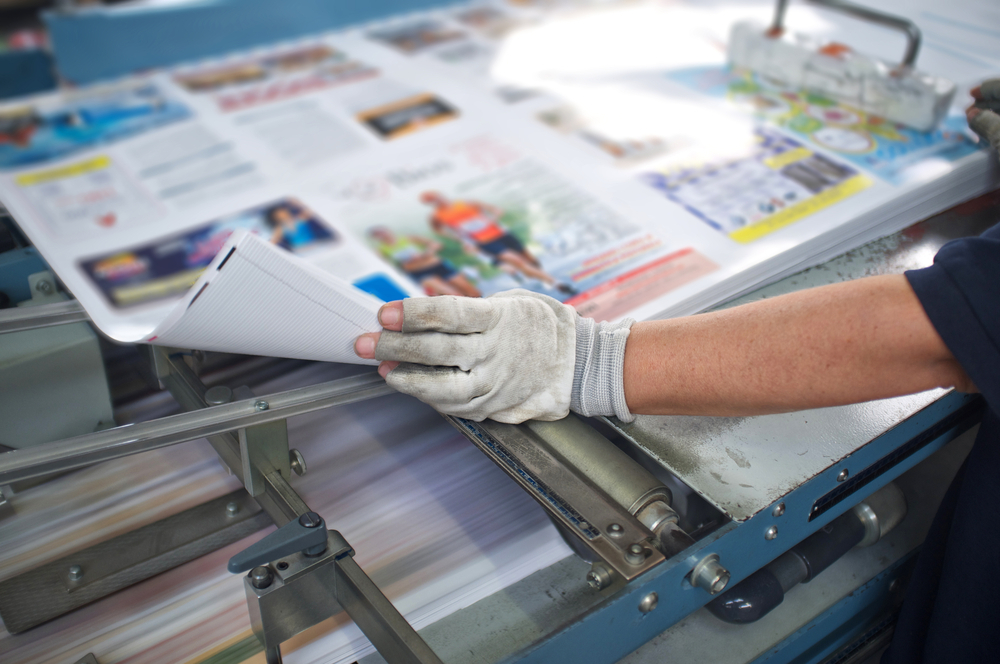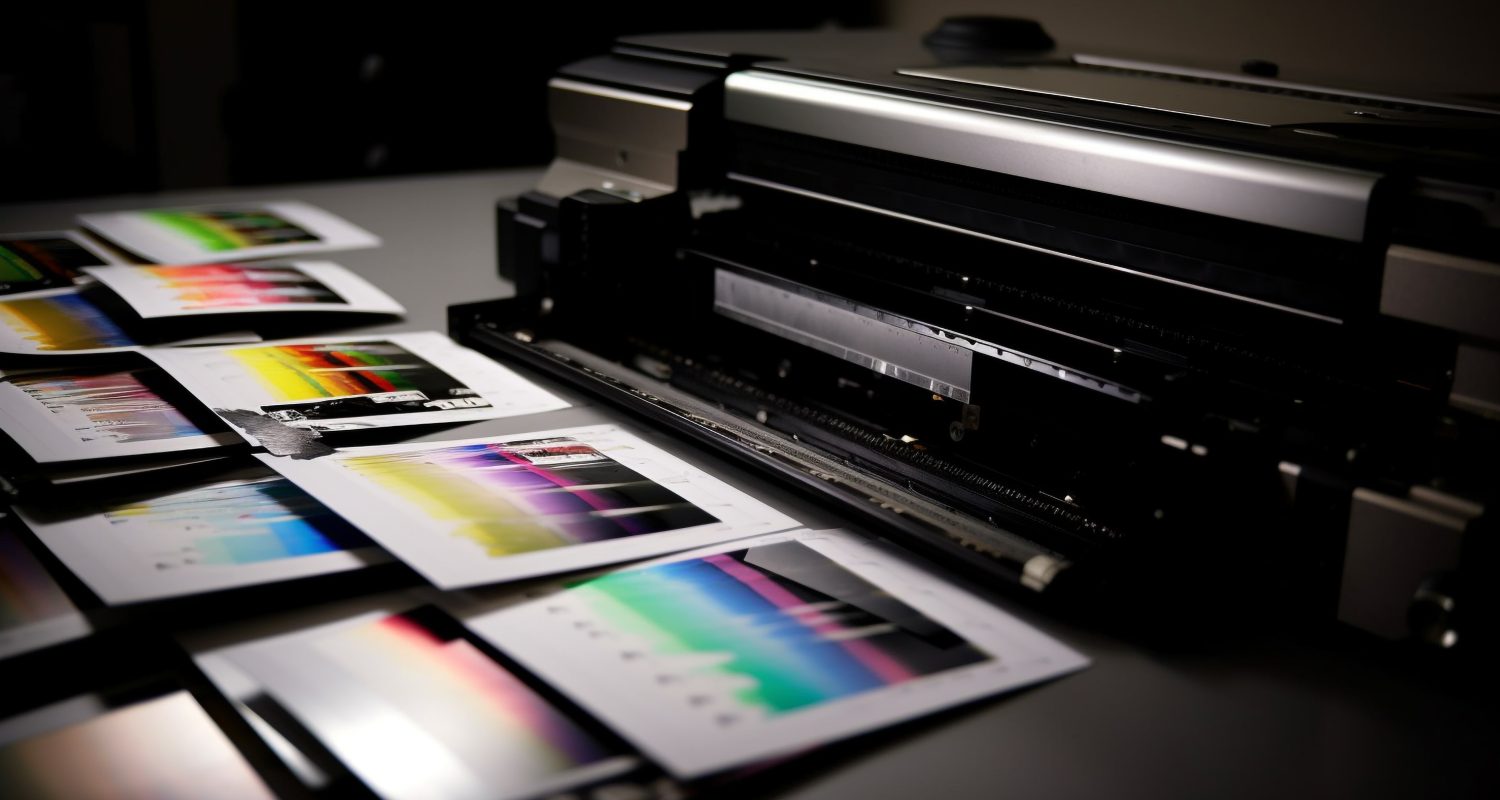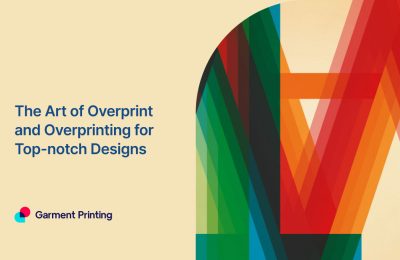|
Getting your Trinity Audio player ready...
|
In an era where digital technology continues to evolve, small-format digital printing has emerged as a pivotal player in the printing industry. It is a powerful tool for businesses seeking to create high-quality, personalised print materials on a smaller scale. However, what exactly is small format printing, and how does it differentiate it from other types of printing? Let’s delve in and answer these questions.
Small Format Printing
Small format printing primarily involves the production of items that are A3 size and below. This includes business cards, brochures, flyers, postcards, and even small posters.
It is an efficient and cost-effective way to produce short run prints that deliver vibrant, full colour results with sharp details. In addition, it allows businesses to print high-quality marketing materials in small quantities, reducing waste and allowing for frequent content updates.
Size Capabilities
In the realm of small format printing, digital printers have significant capabilities. Standard digital presses can comfortably handle paper sizes up to 13″ x 19″, also known as Super B or A3+ size. Some advanced digital presses can even manage larger formats. However, it’s essential to note that the specific dimensions your printer can handle will depend on the particular model and manufacturer.
Print vs Digital Print
While ‘print’ and ‘digital print’ may seem similar initially, they have key differences. Traditional print, often offset printing, uses plates to transfer an image onto a rubber “blanket” and then rolls that image onto a sheet of paper. It’s excellent for large-volume print runs due to its consistently high image quality.
On the other hand, digital printing bypasses the plate entirely and directly prints the digital image onto the material. Small format digital printing is particularly beneficial for short run printing as it offers quick turnaround times, cost-effectiveness for low volume print jobs, and the ability to personalise each print.
Choosing the Right Format for Digital Printing
When it comes to digital printing, choosing the correct format largely depends on your needs. PDF is often the best choice for text-based documents due to its ability to retain layout and formatting.
However, TIFF and EPS files are commonly used for image-heavy documents or artworks because they maintain high quality even when scaled. JPEG can also be used, especially for online purposes, but remember that it can lose quality when enlarged.

‘Small Format’
‘Small format’ generally refers to print items A3 size and below. It offers businesses a cost-effective way to print marketing materials on a smaller scale with high-quality results.
The Purpose of Small Print
Small print is crucial in today’s business environment as it allows companies to efficiently create personalised, high-quality marketing materials. In addition, it provides the flexibility to update content frequently, enables targeted marketing, and reduces waste by allowing businesses to print only what they need.
Also read, Why You Should Use DTG Digital Printing | Printing Guide
Image Format for Small or Large Scale Printing
The choice of image format for printing depends on the scale of printing. For small scale printing, high-resolution JPEG or PNG formats can suffice. However, formats like TIFF or EPS are more suitable for large scale printing where details matter as they maintain quality when scaled.
Most Popular Print Format
The most popular print format is the PDF. Its ability to embed fonts, images, layouts, and colours as initially intended to be viewed and its broad compatibility across various platforms and devices make it a widely preferred choice for small and large printing.
Normal Printing Format
The term ‘normal printing format’ can be subjective, but generally, it refers to standard paper sizes commonly used in printers, such as A4 or Letter size (8.5″ x 11″). These formats are widely used for everyday printing tasks, from office documents to school assignments.
The future of Small Format Digital Printing
In conclusion, small format digital printing is a robust and adaptable business tool. It merges the world of digital technology with the tangible realm of print, offering a host of benefits.
For example, businesses can avail themselves of quick turnaround times, full colour, high-quality results, and the ability to personalise each print. This can be particularly valuable for short run printing jobs, where the quantity required is lower, and frequent updates may be needed.
Moreover, the flexibility offered by small format digital printing means businesses can adapt their print materials to suit their evolving needs.
Whether it’s a vibrant flyer to announce a special event, a batch of business cards for a networking opportunity, or a glossy brochure to showcase a new product line, small format digital printing has the potential to make a big impact.
More suggested reads from our blog,


